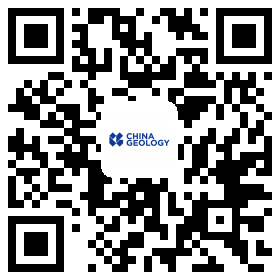column
2021, 4(1): 1-16.
DOI: 10.31035/cg2021016
2021, 4(1): 126-146.
DOI: 10.31035/cg2021015
2021, 4(1): 185-187.
DOI: 10.31035/cg2020061
2021, 4(1): 188-190.
DOI: 10.31035/cg2020069
2021, 4(1): 193-194.
DOI: 10.31035/cg2021031










